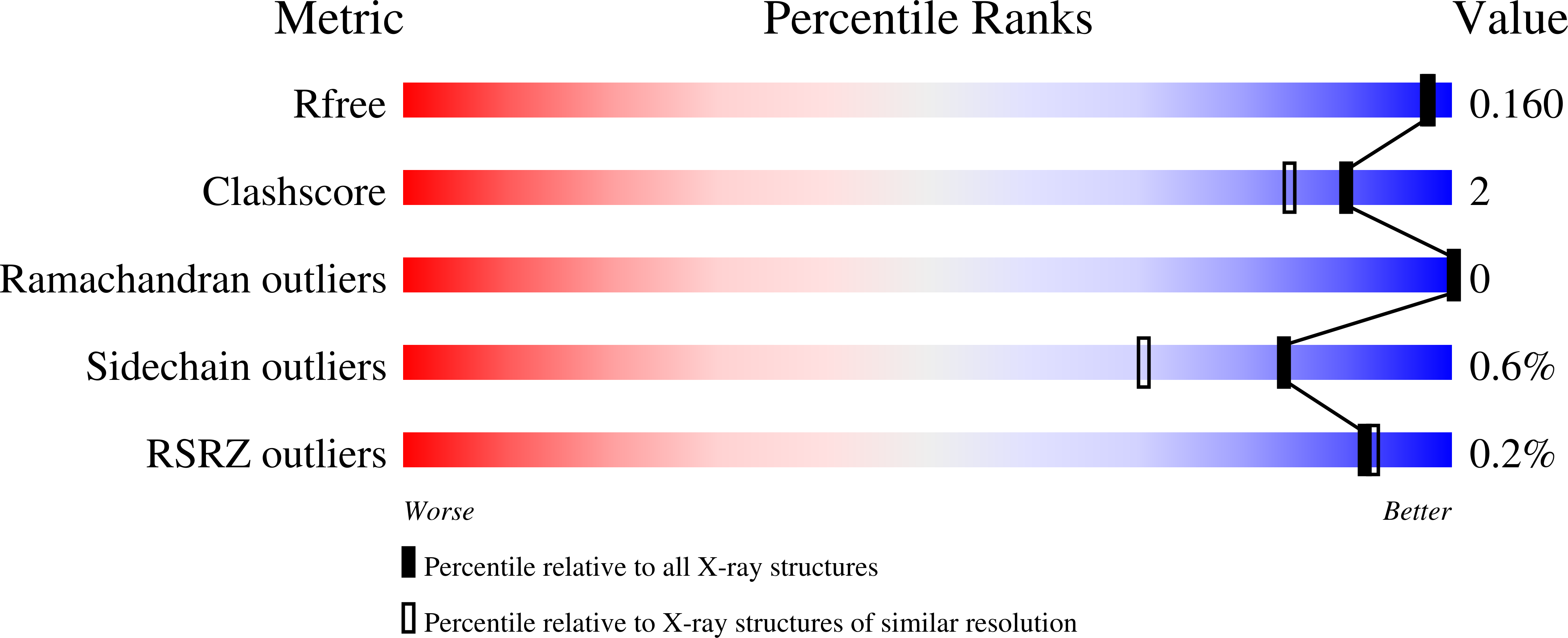Abstact
During infection, the human opportunistic pathogen Pseudomonas aeruginosa forms protective biofilms, whose matrix consists of proteins, nucleic acids, and polysaccharides such as alginate, Psl, and Pel. Psl, a polymeric pentasaccharide composed of mannose, rhamnose, and glucose, is produced during the early stages of biofilm formation, serving as a protective barrier against antibiotics and the immune system. The Psl biosynthesis gene cluster, besides encoding various glycosyltransferases, also includes an endoglycosidase, PslG. Here, we show, by activity-based protein profiling, structural studies on enzyme-inhibitor complexes, and defined substrate processing, that PslG is not, as previously suggested, an endo-β-mannosidase but instead a retaining endo-β-glucosidase. This insight allows the design of both competitive and covalent PslG inhibitors, as we show for repeating pentasaccharide mimetics featuring either a reducing end deoxynojirimycin or cyclophellitol moiety. This work provides valuable tools to deepen the understanding of Psl biosynthesis, its function in biofilm formation, and its contribution to antibiotic resistance. We demonstrate the enzyme's actual endo-β-glucosidase activity, a means to monitor PslG activity in P. aeruginosa biofilms, and a blueprint for inhibitor design.



